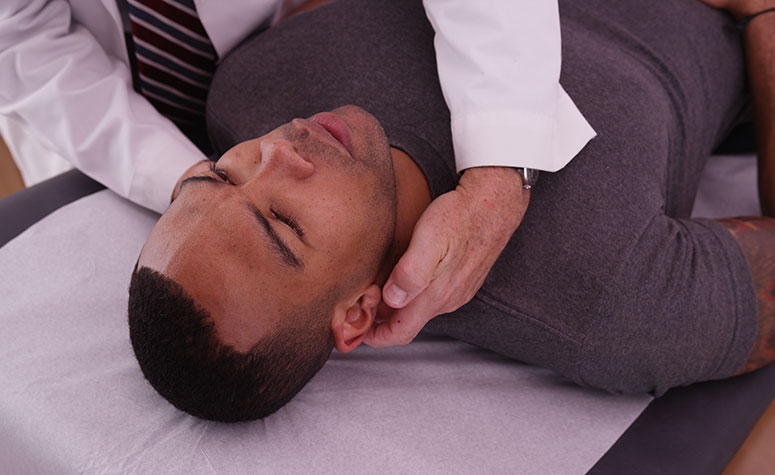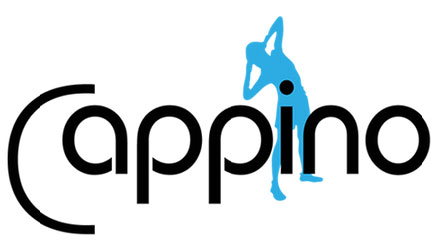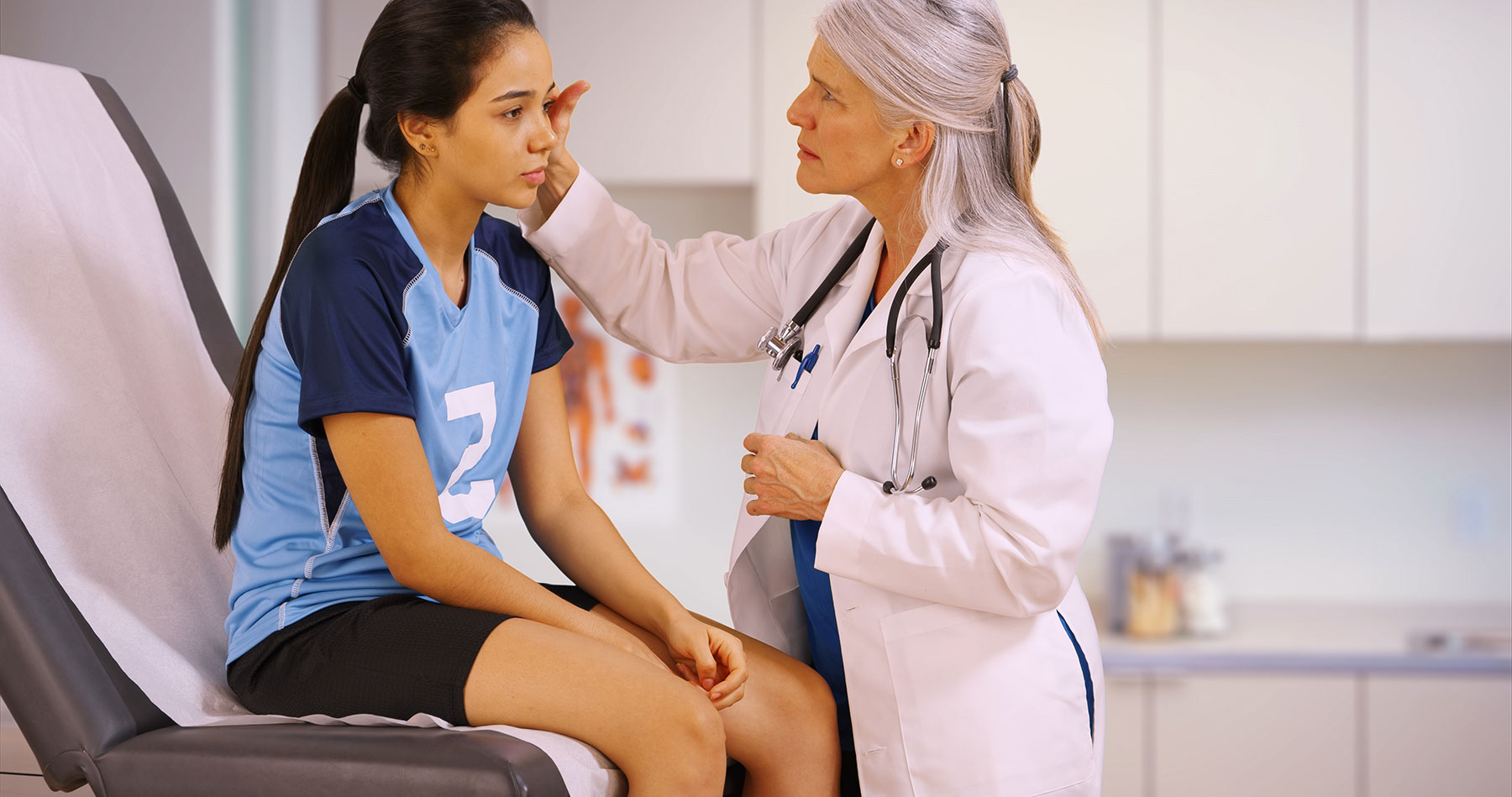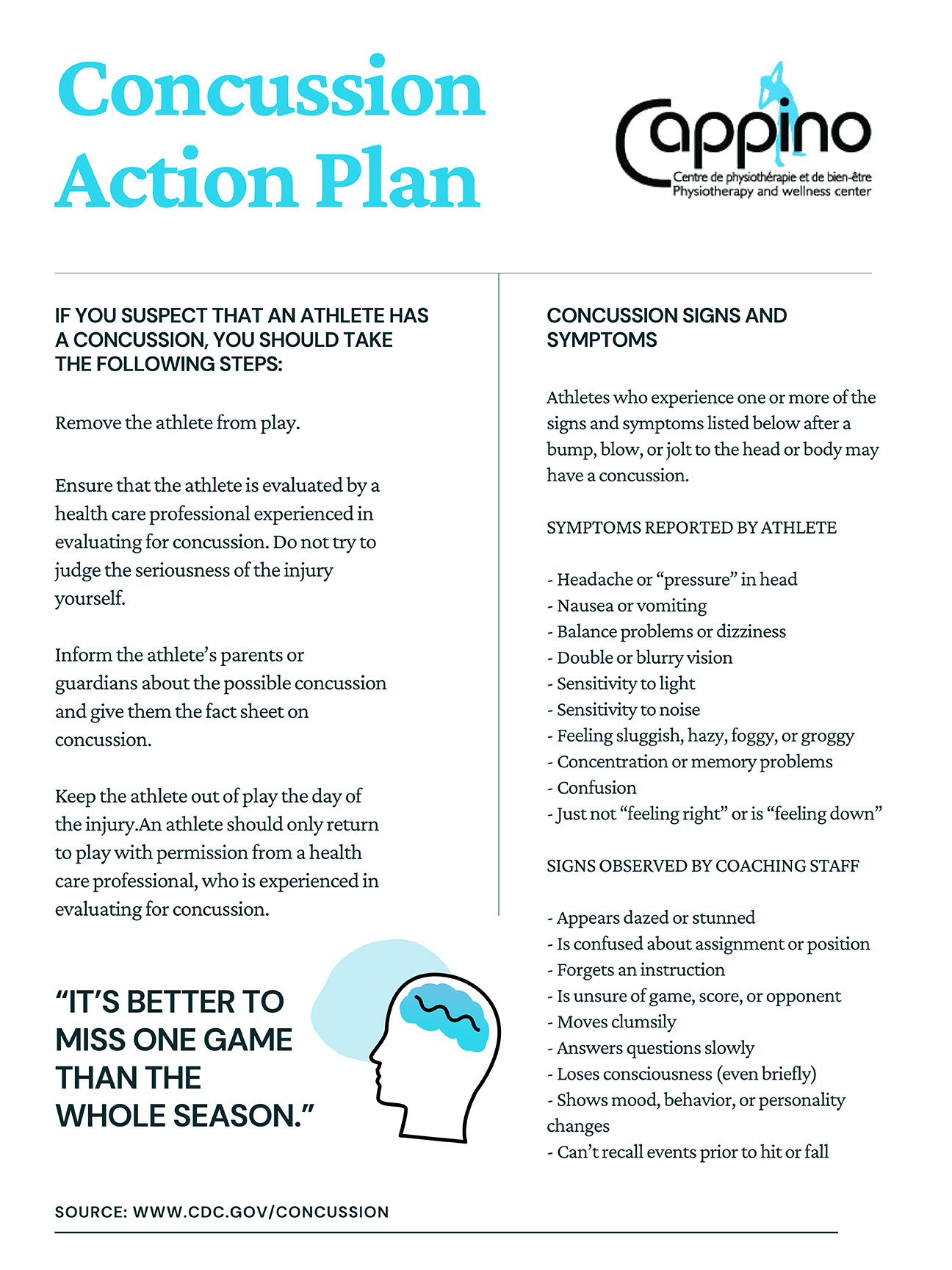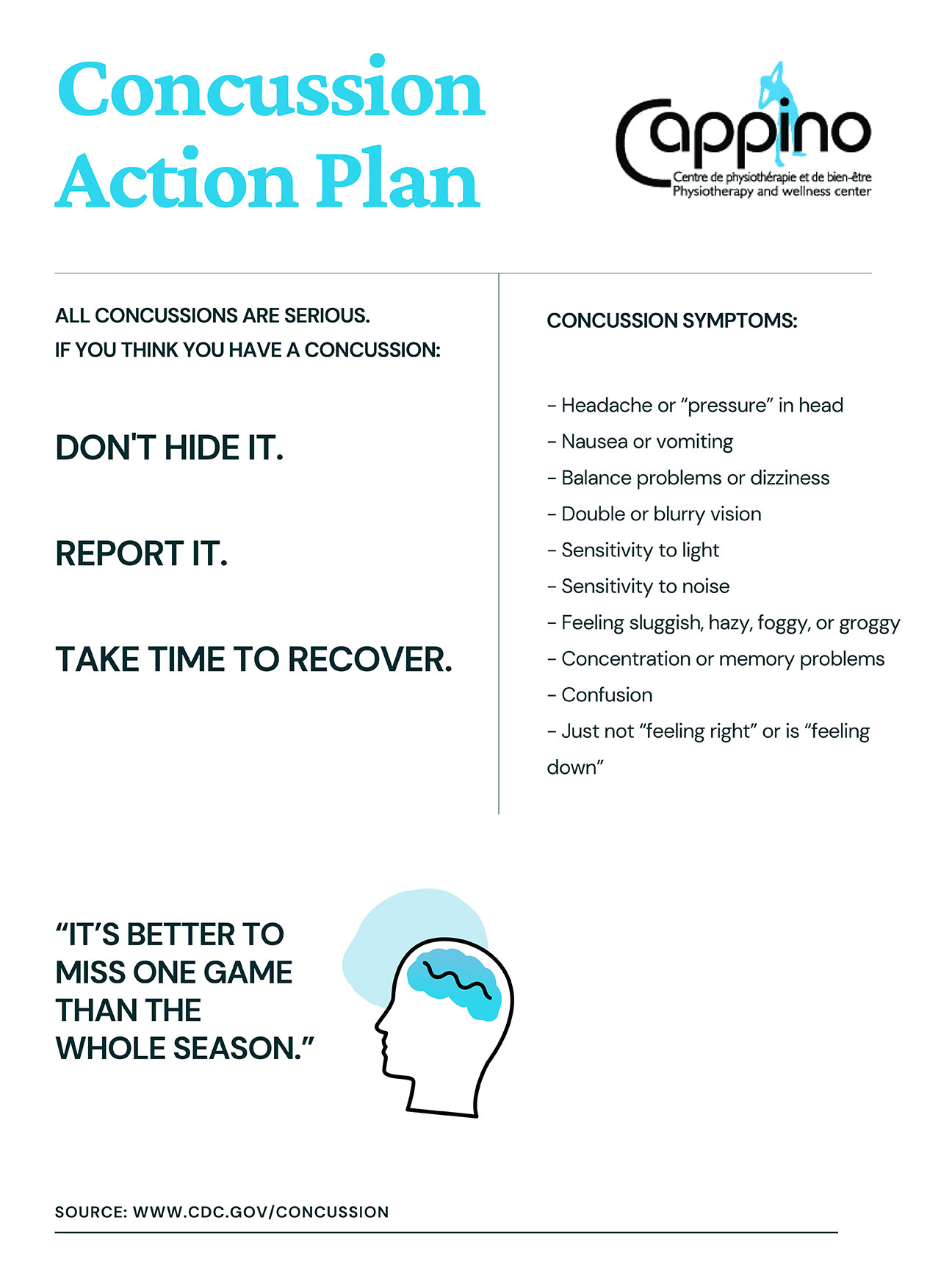Concussion at Cappino
Concussions are often referred to as mild traumatic brain injuries (mTBI) because they do not cause external visible damage. Instead, they produce changes to the chemical composition of the brain that temporarily interferes with brain functioning. A concussion may be caused by a bump, blow or jolt to the head or by a hit to the body that causes the brain to move or twist inside the skull. This leads to stretching and damaging of brain cells (neurons) and will unleash a cascade of chemical changes in the brain.
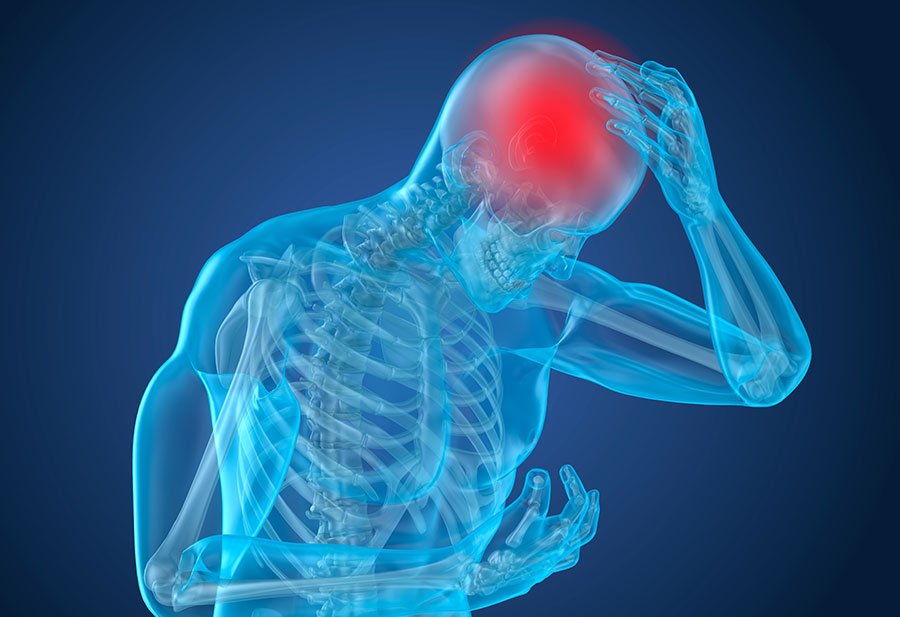
Concussion demystified
At Cappino our clinicians are trained to manage both acute and chronic (post-concussion syndrome) cases.
What do you do if you suspect that you have sustained a concussion?
Children and teens who show or report one or more of the signs and symptoms listed below, or simply say they just “don’t feel right” after a bump, blow, or jolt to the head or body, may have a concussion or more serious brain injury.
Concussion Signs Observed:
- Can’t recall events prior to or after a hit or fall.
- Appears dazed or stunned.
- Forgets an instruction, is confused about an assignment or position, or is unsure of the game, score, or opponent. (In a sports setting)
- Moves clumsily.
- Answers questions slowly.
- Loses consciousness (even briefly).
- Shows mood, behavior, or personality changes.
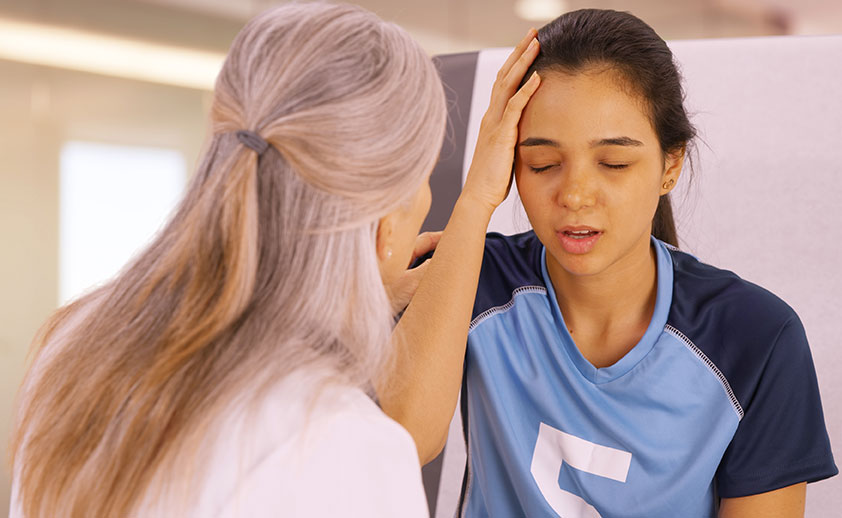
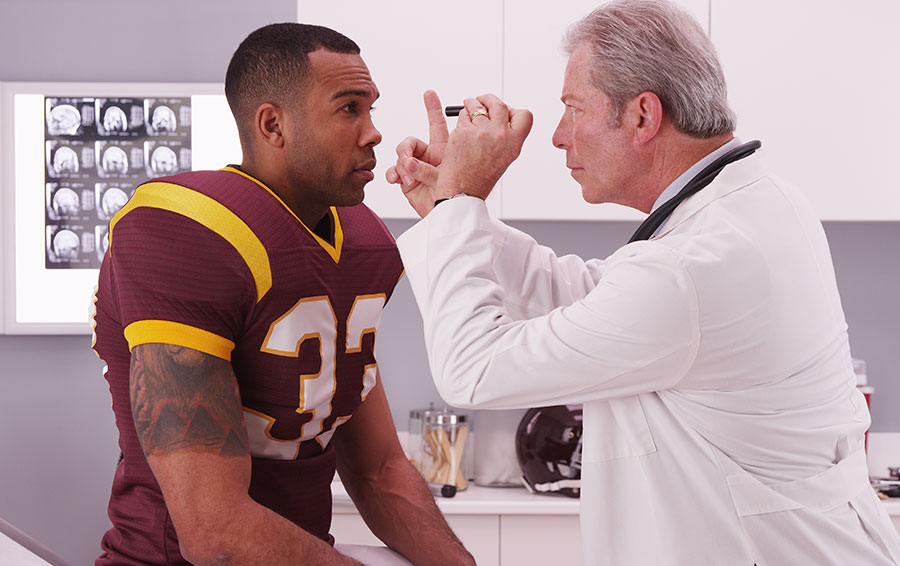
Concussion Symptoms Reported:
- Headache or “pressure” in head.
- Nausea or vomiting.
- Balance problems or dizziness, or double or blurry vision.
- Bothered by light or noise.
- Feeling sluggish, hazy, foggy, or groggy.
- Confusion, or concentration or memory problems.
- Just not “feeling right,” or “feeling down”.
Signs and symptoms generally show up soon after the injury. However, you may not know how serious the injury is at first and some symptoms may not show up for hours or days. For example, in the first few minutes your child or teen might be a little confused or a bit dazed, but an hour later your child might not be able to remember how he or she got hurt.
You should continue to check for signs of concussion right after the injury and a few days after the injury.
Here is a list of all the signs and symptoms one may experience following a concussive episode:
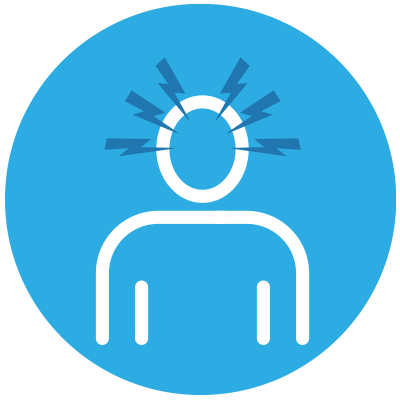
Physical Symptoms such as headaches, dizziness, sensitivity to noise and light, blurred or double vision, alterations in sleep, nausea and vomiting;
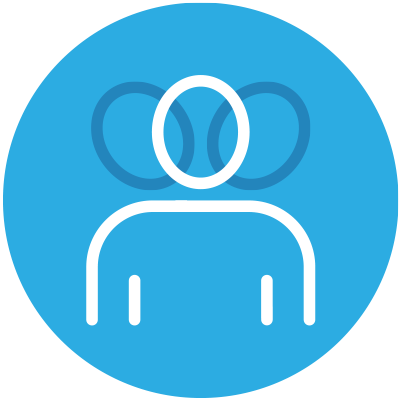
Emotional and Behavioral Symptoms such as irritability, mood changes, anger, sadness, frustration, depression, anxiety.
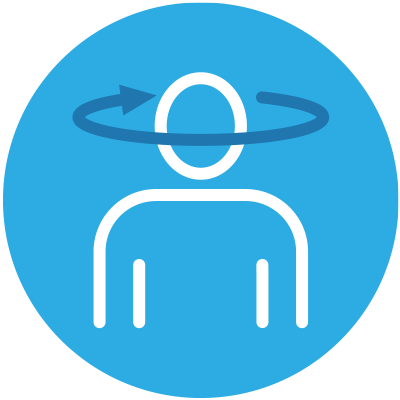
Cognitive Symptoms such as confusion, disorientation, trouble concentrating, slowed thinking, and short-term memory problems.
In rare cases, a dangerous collection of blood (hematoma) may form on the brain after a bump, blow, or jolt to the head or body that may squeeze the brain against the skull. Call 9-1-1 right away, or take your child or teen to the emergency department if he or she has one or more of the following dangerous signs after a bump, blow, or jolt to the head or body.
Dangerous Signs & Symptoms of a Concussion:
- One pupil larger than the other.
- Drowsiness or inability to wake up.
- A headache that gets worse and does not go away.
- Slurred speech, weakness, numbness, or decreased coordination.
- Repeated vomiting or nausea, convulsions or seizures (shaking or twitching).
- Unusual behavior, increased confusion, restlessness, or agitation.
- Loss of consciousness (passed out/knocked out). Even a brief loss of consciousness should be taken seriously.
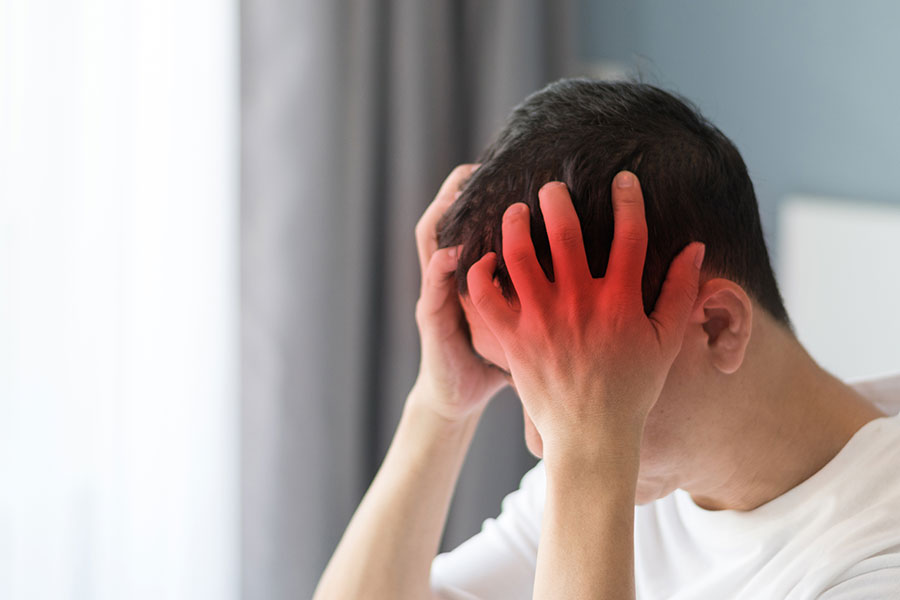
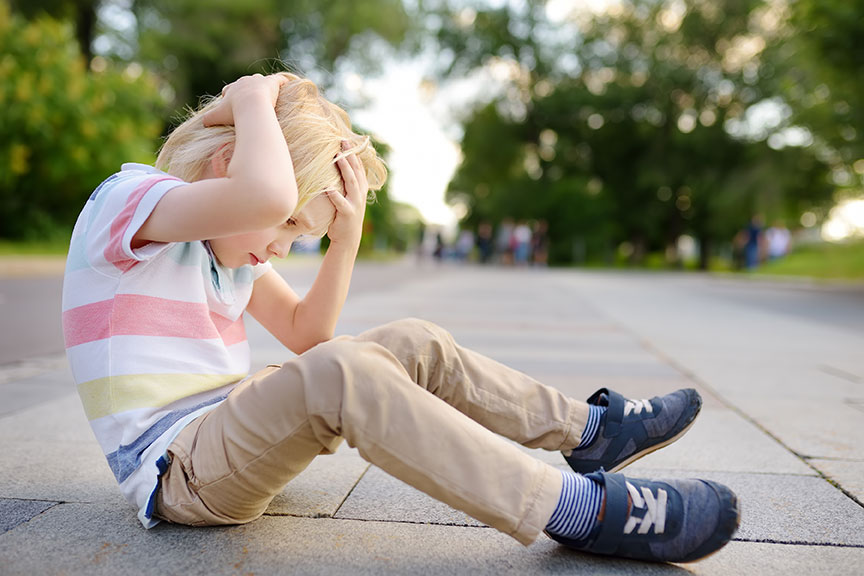
Dangerous Signs & Symptoms of a Concussion for Toddlers and Infants:
- Any of the signs and symptoms listed in the Danger Signs & Symptoms of a Concussion list.
-
Will not stop crying and cannot be consoled
- Will not nurse or eat.
Concussions in sports
Concussions in sports are unfortunately unavoidable. There are, however, measures that an athlete or organization can take to protect their athletes. This includes:
- education for athletes, coaches, parents and support staff
- developing and properly executing an action plan in the event of a suspected concussion
- using baseline testing and sports vision training to establish norms and target deficits
- ensuring that the concussion is managed properly and that the return to play prepares the athletes for the demands of their specific sports
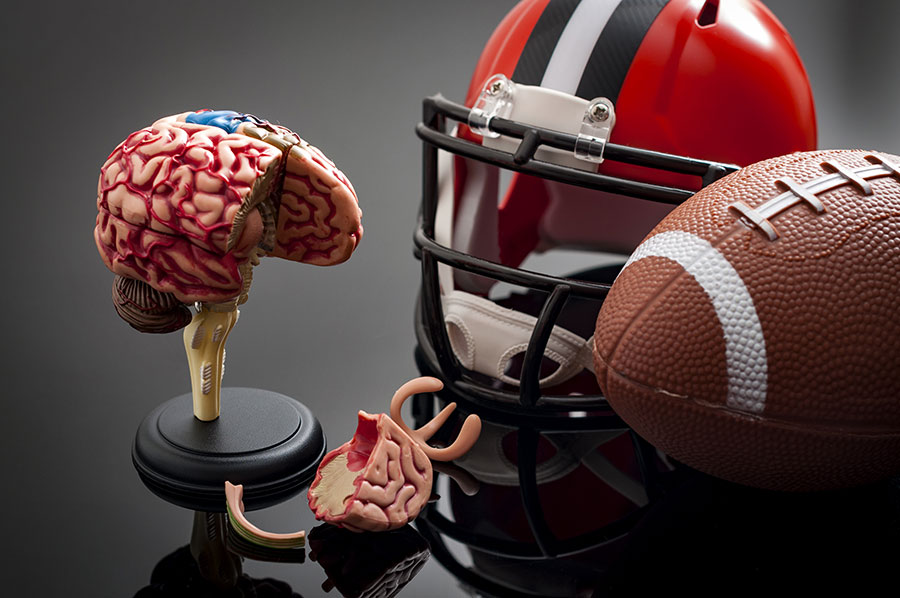
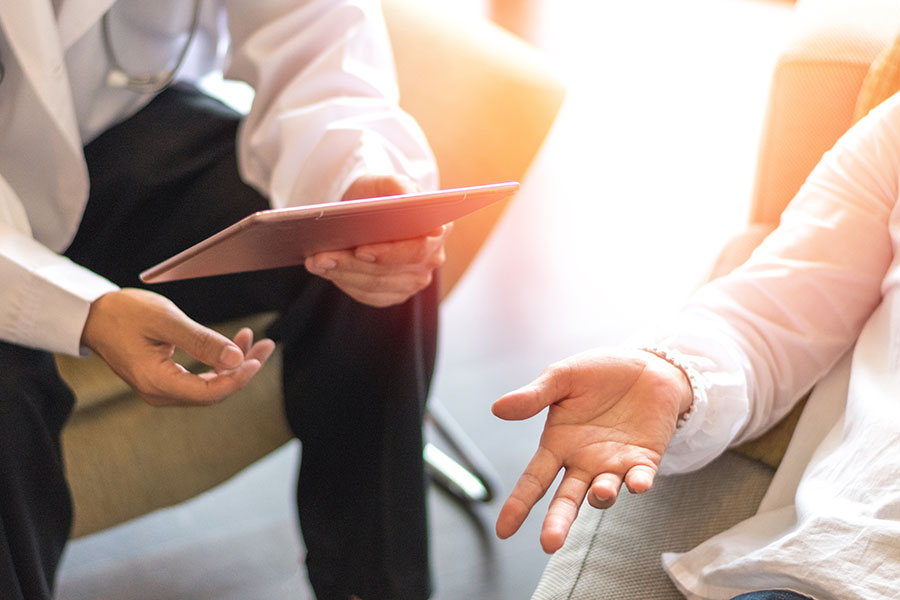
Concussion education
All athletes, coaches, parents and support staff play an integral role in preventing and managing concussions. Ideally, each groups would be trained on how to identify a potential concussion and the steps they need to take to help manage the injury. It is equally important that everyone in the athletes life understand the risk they are taking if they continue to play after sustaining a concussion or return to play prematurely. Athletes are tough to play through pain. Admitting an injury can be perceived as a weakness.
Concussion action plan
Ensure that there is someone on the sideline tasked with identifying potential concussions, also known as a concussion spotter. This person will need to receive some training, they will also need to have a direct line to the coach or official to recommend that the play be stopped or that the athlete be removed from the play for further evaluation
Someone on the sidelines to evaluate the athlete. The more skilled the person performing the evaluation, the more thorough it will be. Sideline testing should be different if it’s a coach or volunteer performing the examination than if it’s a medical professional. It is however important to remember ‘When in doubt, sit it out”
An emergency action plan if the athlete needs immediate medical attention
Access to a medical doctor or a professional training in concussion management to further evaluate the athlete (if necessary) and to manage the injury
Gyms, arenas and locker rooms should be outfitted with posters with both the signs and symptoms of concussions as well as the EAP.
Baseline testing and sports vision training
Currently, there is no reliable diagnostic test or marker that can be used to identify a concussion when it’s occurred, or similarly, determine when a concussion has resolved. For this reason, a growing emphasis has been placed on objective baseline testing protocols that can be used to track an athlete’s recovery and serve as a tangible measurement for return-to-play readiness. Concussions can produce a wide array of symptoms, which poses a challenge for coaches, trainers, parents, and health care professionals involved in the care of an injured athlete. The time-course for recovery also varies widely from athlete to athlete, making it impossible to employ a “cookie-cutter” approach to concussion rehabilitation and return-to-play timelines. The more comprehensive the baseline test the more useful it will be in identifying and managing the concussion.

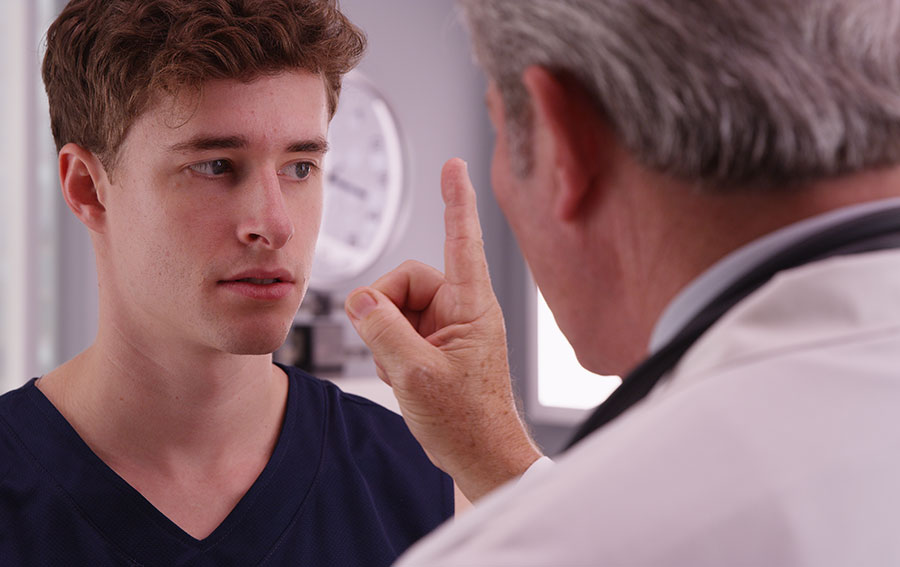
It’s important to note that baseline testing does not protect against concussion. It is just one tool to help the health care professional evaluate and treat the injured athlete. Athletes, parents, coaches and educators must be able to recognize a potential injury, notice the often subtle signs and symptoms of a concussion and know when to seek a medical evaluation. Baseline tests should be supervised and interpreted by clinicians with experience in concussion management.
In many cases, baseline testing will highlight issues that may render an athlete more vulnerable. Limitation in reaction time, peripheral awareness and divided or sustained attention will impact the athletes ability to foresee and prevent potential concussions. The clinicians at Cappino have the knowledge, skill set and tools to help target and train these areas. Sports vision training should be a part of every team’s program.
Neurotracker
What is it?
NeuroTracker emerged out of 20 years of neuroscience research to enhance cognitive performance and endurance. It challenges you to track multiple targets moving dynamically in 3D space. Training sessions are continually adapting for speed and complexity to ensure your brain is being challenged at a threshold that promotes the most change.
NeuroTracker assists our patients in both their concussion rehabilitation and sports performance. The systems and cognitive functioning that are impaired following a concussion are the same as what athletes need to perform at their best during competition. This is what makes NeuroTracker such a valuable tool for both concussion patients, and athletes striving to give themselves an edge to perform at their best.
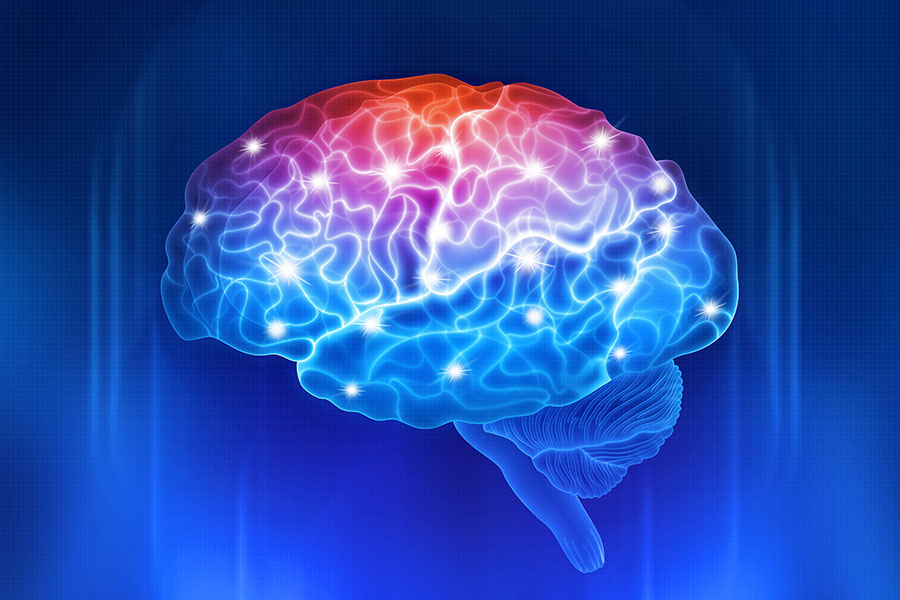
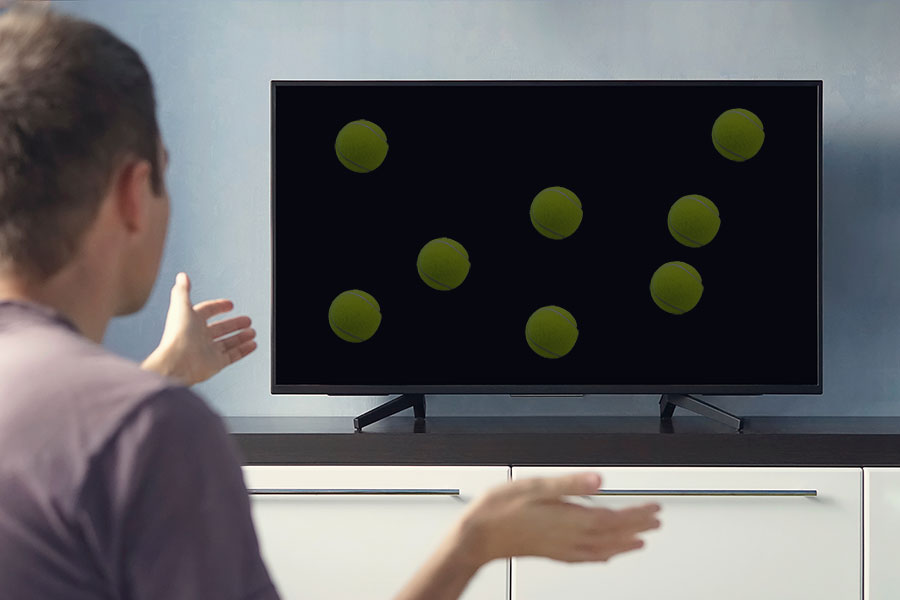
How does it work?
Eight numbered balls bounce randomly around a cube, which the user sees through 3D glasses. At the outset, four of the balls will glow red, indicating that those are the balls to keep an eye on. Momentarily, they turn yellow, and will blend with the other targets, all of them dispersing and colliding. After eight seconds, the user will be asked to recall the numbers of the spheres that had once been red. . For each correct response, the user will advance a level, intensifying the speed. When the user responds incorrectly, they are demoted a level and the speed will decelerate. The user will repeat this exercise twenty times after which they will be given a score.
Neurotracker for concussion
NeuroTracker can help improve brain function by reteaching patients how to simultaneously integrate the systems that are necessary for recovery and can otherwise be difficult to train.
Incorporating the NeuroTracker training into your post-concussion rehabilitation program allows an enhanced recovery of cognitive and visual processing systems. Using the NeuroTracker in combination with active rehabilitation exercises and programs designed by therapists, is proven to help the recovery process.
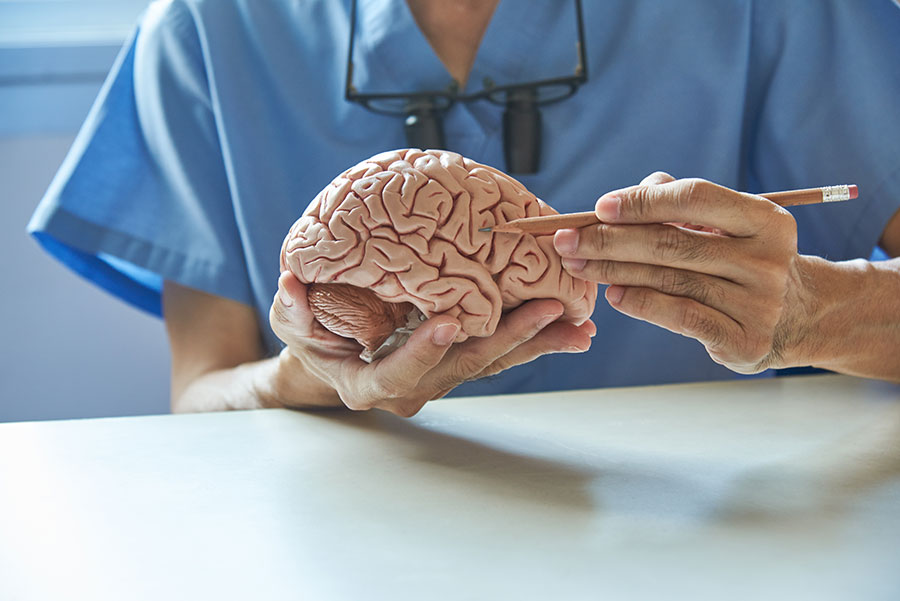
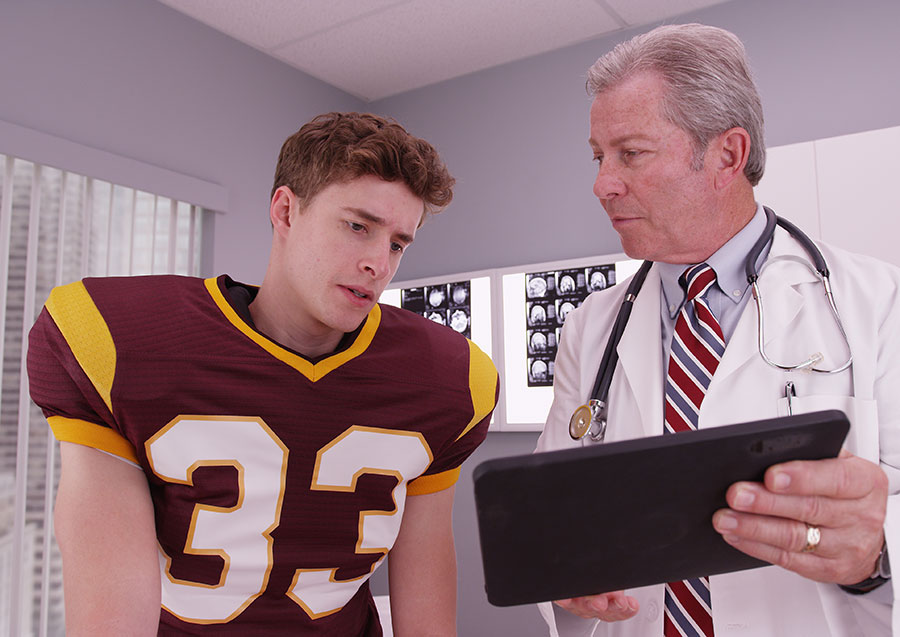
Neurotracker for athletes
The beauty in the design of NeuroTracker — the video game aimed at heightening cognitive agility the way lifting dumbbells develops muscles — is allegedly its simplicity. Just by asking the eyes to track spheres as they bound around a 3D screen, athletes can prepare their brains to perform in a way that no other exercises could replicate.
Science shows that superior cognitive abilities give elite athletes a competitive edge, and that NeuroTracker training can directly improve aspects of cognitive function that are critical for ensuring high levels of performance. By improving the efficiency of the visual system, athletes can improve the following: attention, alertness & awareness, decison making, memory and processing speed.
Concussion management program at Cappino
Assessment
All patients calling Cappino to schedule will be asked to fill out an intake form in advance of their appointment. Upon their arrival at the clinic, patients may be asked to complete an ImPACT test. ImPACT, an FDA-cleared online tool for baseline and post-injury testing, measures visual and verbal memory, reaction time, and processing speed to help determine if a patient (ages 12-59) can safely return to activity.
The patient will then meet with a clinician who will conduct the remainder of the evaluation.
During the hour session the practitioner will cover the following:
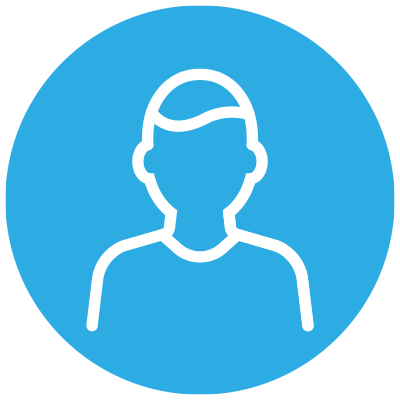
Medical History (including concussion history)
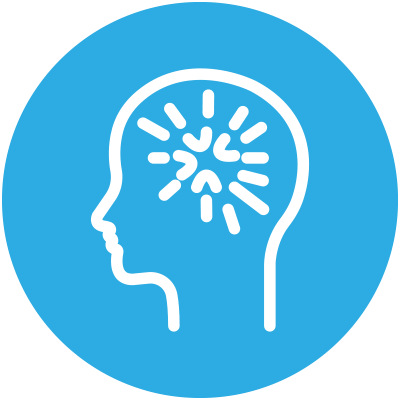
Mechanism of injury
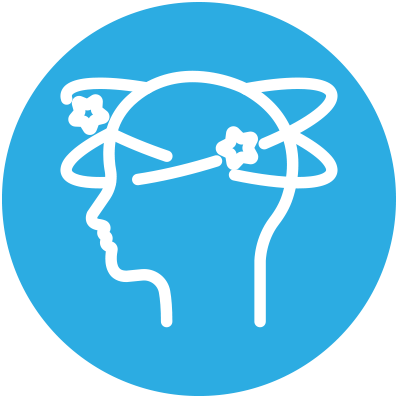
Symptoms: both onset and progression
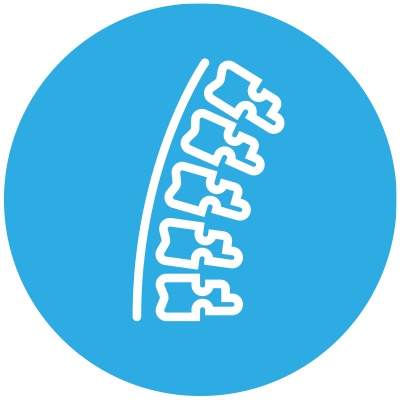
Cervical exam
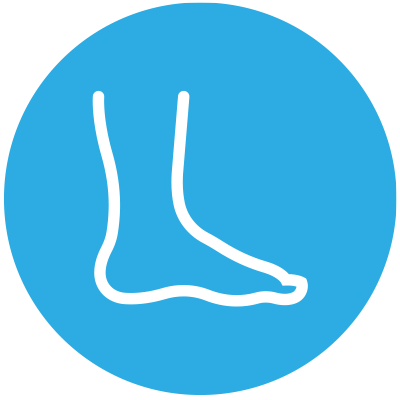
Gait assessment
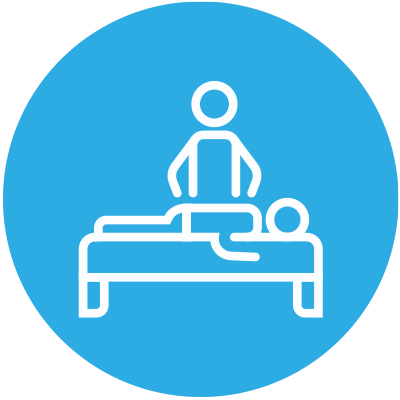
Balance assessment
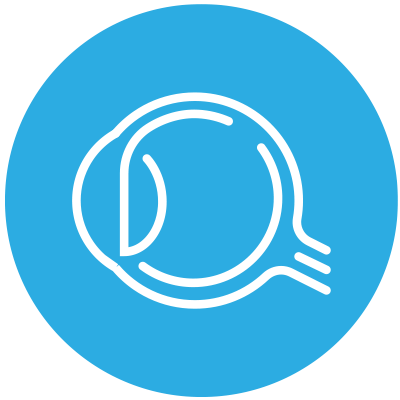
Binocular vision screening
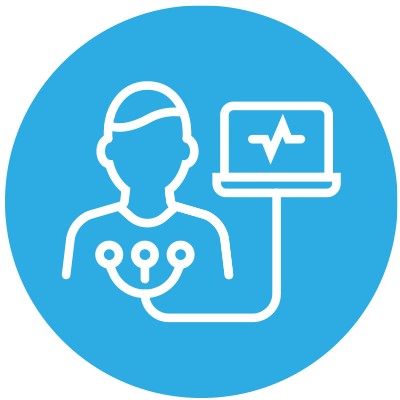
Exertion testing (when applicable)
The clinician will summarize their findings for the patient and develop an action plan. In more complex cases, the patient will be assigned a case manager who will help oversee the treatment and ensure that all the members of the interdisciplinary team are working in a Cohesive manner.
Treatment
The treatment plan will be tailored based on the results of the assessment. This plan may include manual therapy (hand on), visual and vestibular training and exertion. As the patient improves, the clinician adapts. Neurocognitive testing may be used during the recovery to track progress and identify areas of weakness.
When treating a concussion, one can no longer rely on the presence of symptoms alone to determine whether or not the patient has recovered. The patient may feel fine, but testing may reveal deficits that could make the patient more vulnerable to reinjure and could impact performance in the classroom, at work or on the field, ice or court.
